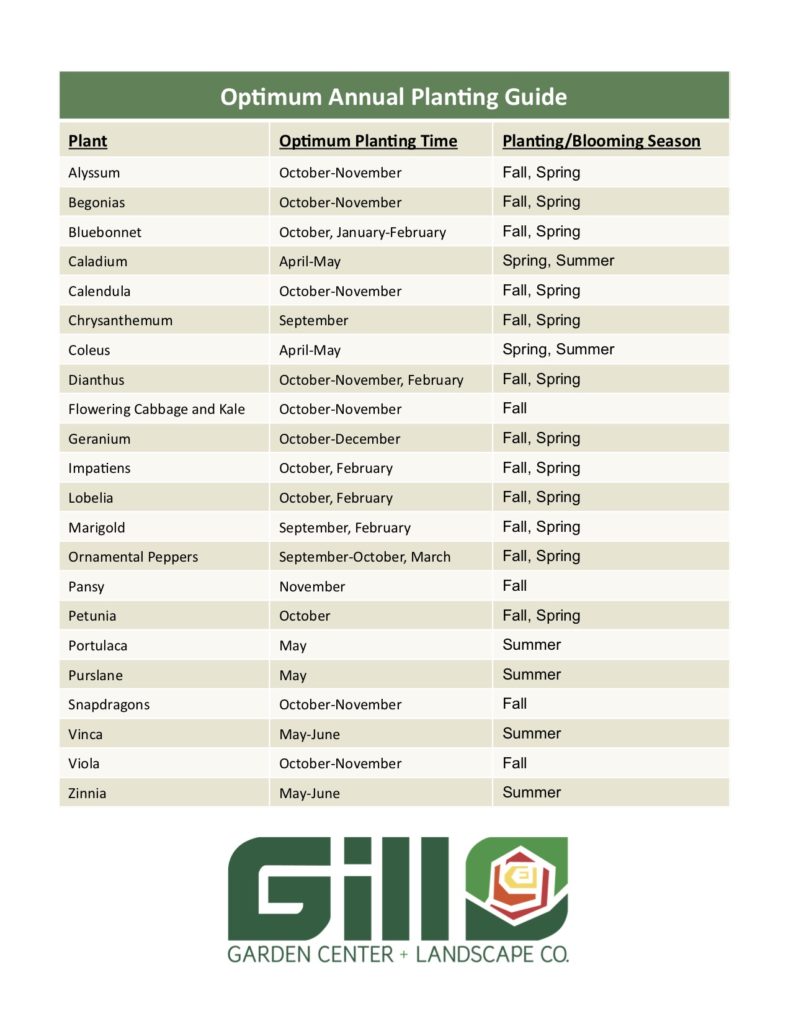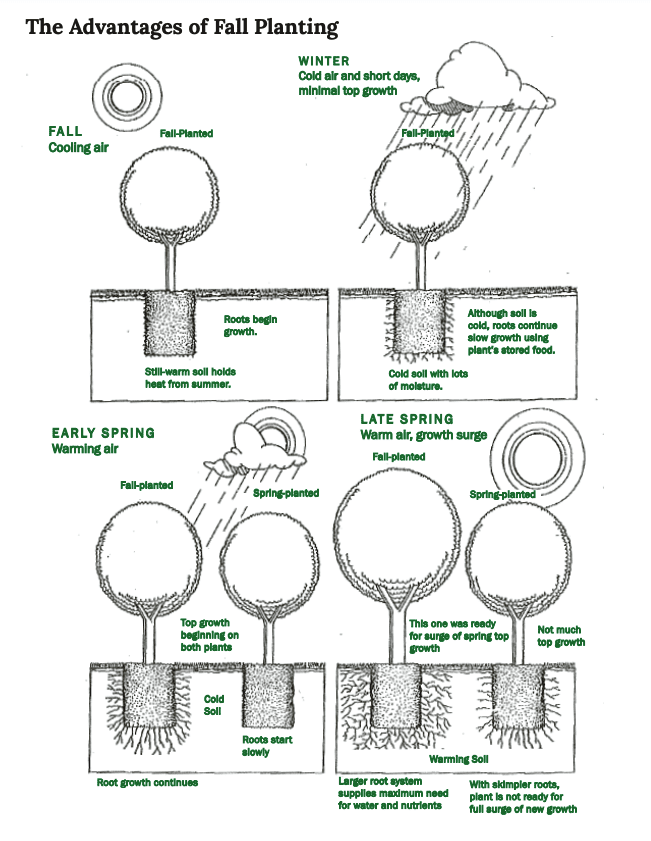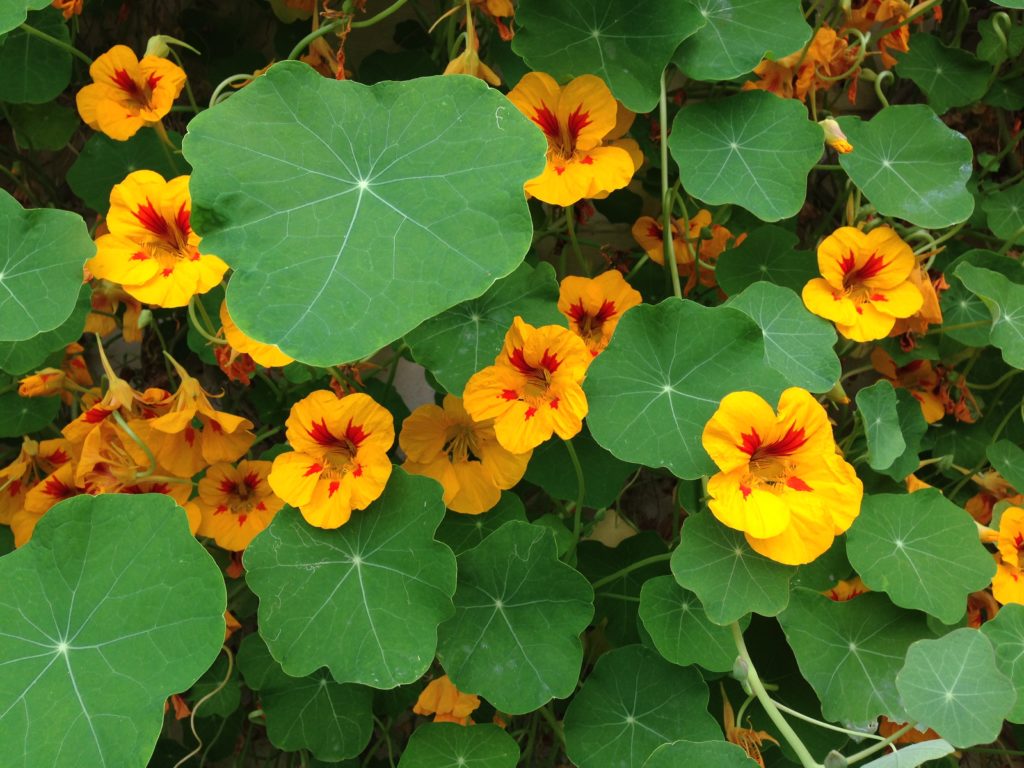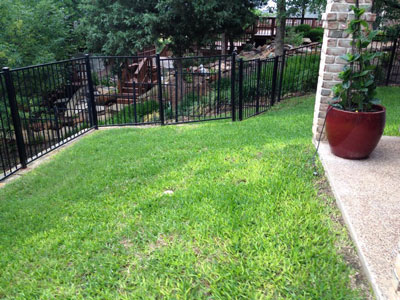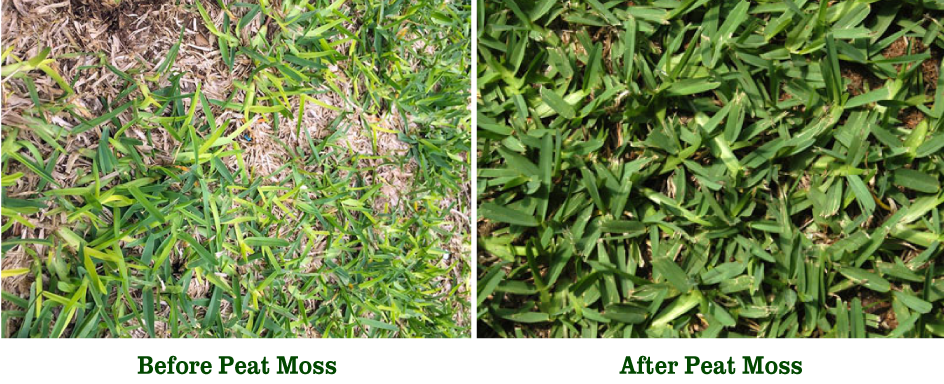Beautiful Fall weather is ahead and it’s time to get started planting veggies! I’ve decided to expand my veggie garden at home and invite you all to follow me this season for some of my best tips, successes, and failures to overcome. I’ll be posting video updates here in the Garden News and on Gill social media pages.
Part 1 – Prepping a Veggie Garden Bed
A bountiful veggie garden starts with the soil! Check out my time-lapse video of creating a new veggie bed, and read my tips below for additional info and a recap:
A couple of things I didn’t mention in the video that are very helpful:
- If the ground is dry and hard, you can water the area thoroughly for 2-3 days before turning the soil. This will loosen it up and make it a lot easier.
- Get rid of all grass and weeds before prepping the bed. Pull them out making sure you get the roots.
- The fork tool I’m using in the video is actually called a spading fork, not a pitchfork. Great tool to use!
Video recap:
- Amend your soil with compost. Whether you are using an existing garden or starting a new bed it is important to use compost every season. Compost should be tilled (by hand and/or with a tiller) into the top 6-8 inches of soil. Compost helps build the soil structure and has great benefits for your plants including stronger root growth.
- Create a barrier. I like to edge the garden with bricks or timbers, but you can use bendaboard, stone, steel edging, logs, etc. This stops weeds from creeping into the garden and helps keep things organized.
- Top dress with mulch. Mulching is greatly beneficial to a healthy veggie garden. Mulch helps keep the weeds down, helps retain moisture in the soil, and when you use natural mulches like Hardwood or Pine Straw, they break down in the top layer of dirt building your soil structure even more.
Happy gardening!

–Wyatt
